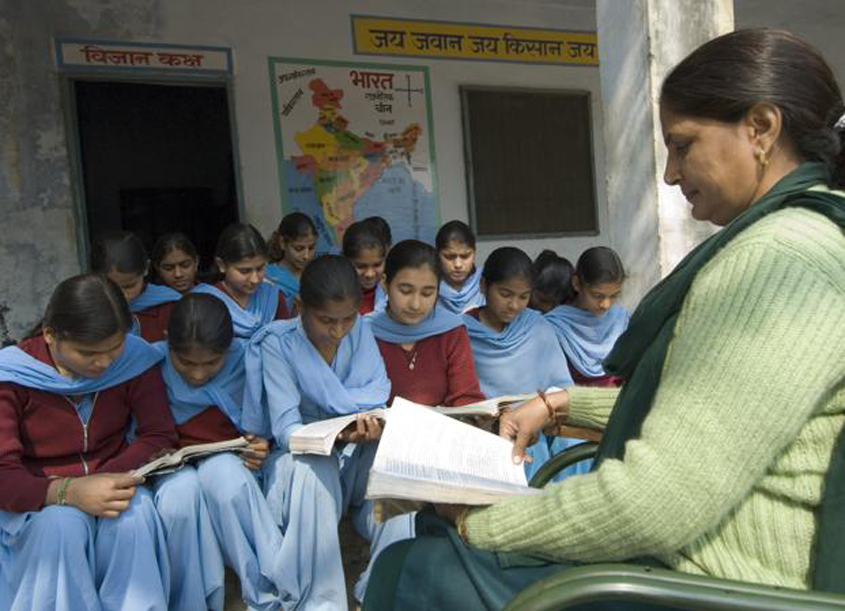The dragon has started spitting fire, smoking clouds of war have gathered over Ladakh region. The recent rift at Pangong Tso Lake between the two Asian Nuclear giants has caught global attention.
The scuffle between Indian and Chinese soldiers is a common sight every year, but this current tension that started from 5th May is quite different from the past. Generally these types of clashes get resolved at local command level but this incident became unique when troops of both sides steeply ramped up.
According to the Maintenance of Peace and Tranquillity Agreement which was signed on 7 September 1993, its Article 1 states that the soldiers of both sides should not use arms and any boundary question has to be resolved through peaceful and friendly consultation. This Article says that neither side shall use or threaten to use force by any means against each other. The Chinese side has also violated the Article 2 of the agreement, which highlights that each side will keep its military forces in the areas along the Line of Actual Control (LAC) to a minimum level, that is compatible with friendly and good neighbourly relations.
This breach of the agreement is likely to bring about a falling domino effect on all the other existing agreements signed between the two sides in 1996, 2005, 2012 and 2013 for confidence building measures and maintaining peace at LAC.
Pangong Tso, Galwan Valley, Demchok and Daulat Beg Oldi are the areas of conflict. The Pangong Tso Lake has become the apogee of the moment.After the 5th May clash, Chinese army rushed into the Indian territory but how far they have encroached is unknown as no official statement has been made on this yet. However, Nathan Ruser an analyst associated with Australian Strategic Policy Institute (Australian Think-Tank) had released the satellite image which depicts the tents set up by Chinese army along the Galwan river valley before being cleared by the Indian troops
In recent past as well similar type of face-off between Indian and Chinese forces took place in Naku La sector of Sikkim about a month ago. And it’s quite predictable that China is doing all this keeping in mind the Siliguri Corridor or what we call as “Chicken’s Neck” Corridor.
On 6th June India & China held Lt-General-level talks, where India aimed to pressurise China to maintain “April Status Quo” while China wants India to stop construction work near LAC immediately. After this high level meeting, it’s clear that much more effort will be needed to resolve the issue amicably.
Both side have slightly moved backward from the site confrontation so that it didn’t escalate into a full scale war. But still it’s a win-win situation for china as the “tug of war” will be started from the exact point where both countries have taken a step back.
Analyst have different views in this regard, some claim that the reason behind Chinese aggression is a ‘Gimmick’ to gain global attention and avert from mismanaging of Covid-19 outbreak. Others argue that Chinese aggressive posture is due to India’s granting the status of union territory to Ladakh in 2019.
Problem lies in the perspective, both the countries have different understanding of the LAC. China shows no concern for the ‘McMohan Line’ as it was imposed by Imperialists.
Line of actual control has become a bone of contention. The LAC stands more clearly on maps and documents but remains blurred on ground as some area of LAC is marked by stones and wire fencing. It gets extremely confusing and complex when it passes through the lakes.
Even the perception of LAC length is quite different for both countries. While China considers the LAC as 2000 km long, for India it is 3488 km long.
Narendra Modi’s vision of ‘Atmanirbhar Bharat’ is taken by China in a narrow sense of boycotting Chinese products completely. China is reacting like a stubborn child, India is handling the situation in a mature and diplomatic way.
Few days back, in a telephonic conversation between Indian Prime minister and Donald Trump, discussion was made on this unpleasant border standoff with China along with others issues like, G7 meet and World Health Organization Reforms.
And the recent, India-Australia virtual summit held on 4th June 2020 is a clear signal to China that India has many friends who can come to its rescue if China tries to irrationally bully India.














